Double Crush Syndrome Treatment
Double crush syndrome treatment. Welcome to the official YouTube channel for Kalkstein Chiropractic. Assuming that chiropractic treatment is appropriate it is not possible to predict in advance how many sessions would be needed. Failure to recognize the double crush phenomenon is one reason that many people do not get adequate treatment for various peripheral neuropathies.
In addition dissatisfaction after treatment at one site may be the result of persistent pathology at another site along a peripheral nerve. Treatment should be discontinued when symptoms disappear or get worse. Once the nerve is decompressed freed up the symptoms of pain and numbness are expected to resolve and they did resolve over the next several weeks except for one area.
The tensor fascia lata muscle in the. Double crush syndrome is a distinct compression at two or more locations along the course of a peripheral nerve that can coexist and synergistically increase symptom intensity. The latter nerve is subserved by the L5 nerve-root and the diagnosis is often clarified by studying a more proximal L5 muscle innervated by the L5 nerve-root proximal eg.
Several surgical treatments for DCS concentrate on decompression of the cervical spine for CR andor release of the median nerve in the carpal tunnel for CTS 15 16 17 18. Other examples of double crush can occur the most common being a combination of L5 nerve-root compression in the lumbar spine and peroneal nerve compression at the fibular head. We are a family owned chiropractic and physical therapy practice located in Towson Maryl.
Double crush syndrome is a distinctive compression at two or more areas along the training course of an outer nerve that can coexist and also synergistically enhance sign strength. It is important to preoperatively identify those patients who may have double crush lesions and thus anticipate a less than optimal result from surgical release of the peripheral nerve. C Mild proximal compression causing only.
Cervical nerve root compression may be initially treated with oral steroids avoidance of irritating movements a short period of immobilization with a soft collar and physical therapy. It indicates that a majority of such patients may also have proximal neurological lesions that also require treatment starting at the level of the cervical nerve roots. In addition dissatisfaction after treatment at one site may be the result of persistent pathology at another site along a peripheral nerve.
The initial treatment is conservative focused on symptomatology. Double crush syndrome treatment Initially conservative treatment should be trialed with distinct management that focuses on the unique pathology and symptomatology of each lesion.
Ebraheims educational animated video describes the condition of double crush syndrome the etiology signs and symptoms diagnosis and managementA pat.
Assuming that chiropractic treatment is appropriate it is not possible to predict in advance how many sessions would be needed. The latter nerve is subserved by the L5 nerve-root and the diagnosis is often clarified by studying a more proximal L5 muscle innervated by the L5 nerve-root proximal eg. Other examples of double crush can occur the most common being a combination of L5 nerve-root compression in the lumbar spine and peroneal nerve compression at the fibular head. Diagram of the double-crush hypothesis of Upton and McComas. Additionally discontentment after therapy at one site may be the outcome of consistent pathology at an additional site along a peripheral nerve. In addition dissatisfaction after treatment at one site may be the result of persistent pathology at another site along a peripheral nerve. It indicates that a majority of such patients may also have proximal neurological lesions that also require treatment starting at the level of the cervical nerve roots. Several surgical treatments for DCS concentrate on decompression of the cervical spine for CR andor release of the median nerve in the carpal tunnel for CTS 15 16 17 18. Ebraheims educational animated video describes the condition of double crush syndrome the etiology signs and symptoms diagnosis and managementA pat.
In addition dissatisfaction after treatment at one site may be the result of persistent pathology at another site along a peripheral nerve. Double crush syndrome is a distinct compression at two or more locations along the course of a peripheral nerve that can coexist and synergistically increase symptom intensity. C Mild proximal compression causing only. It is important to preoperatively identify those patients who may have double crush lesions and thus anticipate a less than optimal result from surgical release of the peripheral nerve. The initial treatment is conservative focused on symptomatology. B Severe distal injury causing axon death with degeneration. If there is a double or multiple crush phenomenon present the practitioner needs to identify and treat all the possible regions of nerve impairment with whatever means will be most helpful.



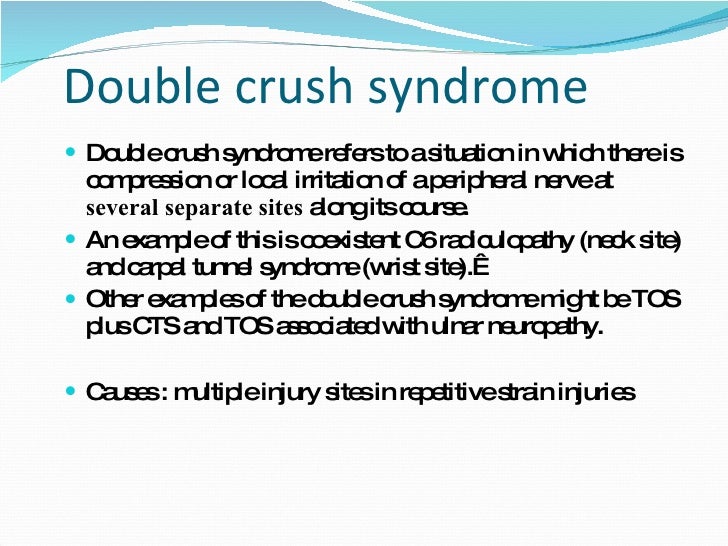

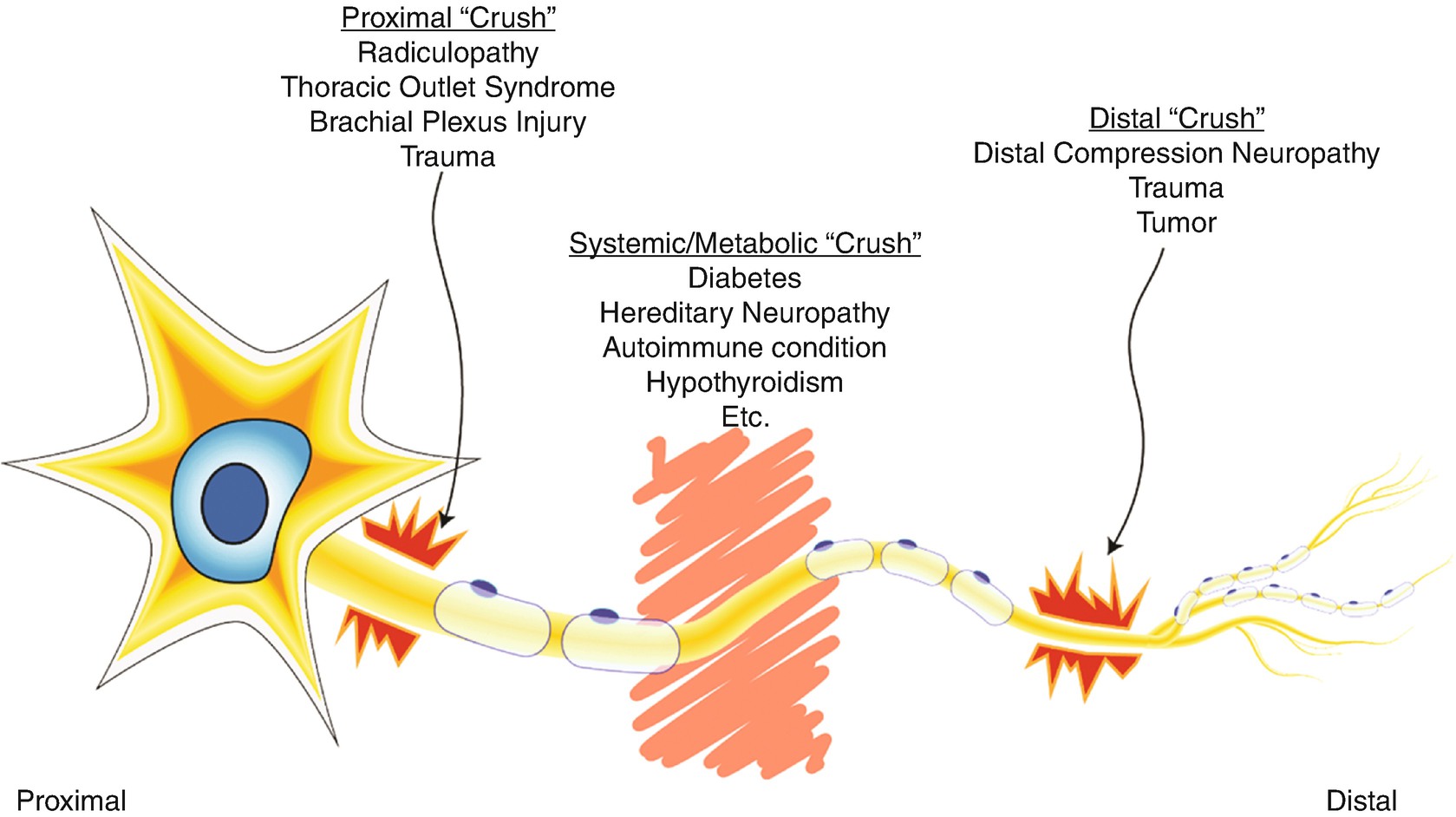
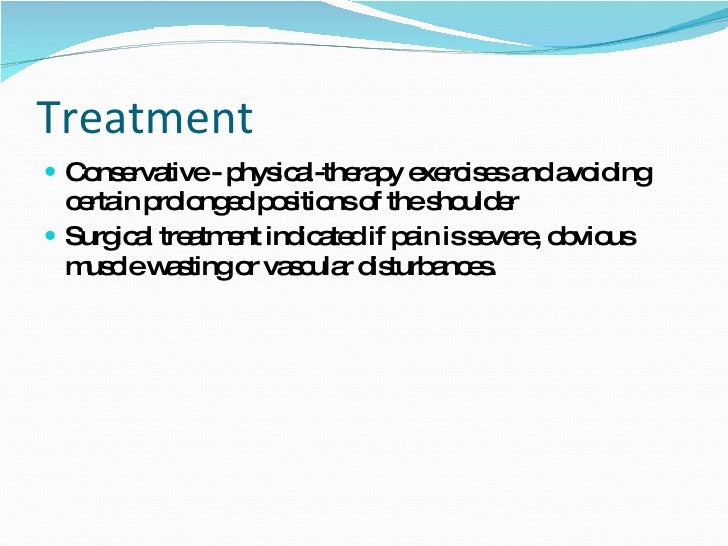



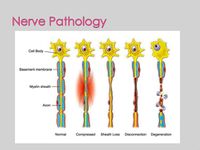




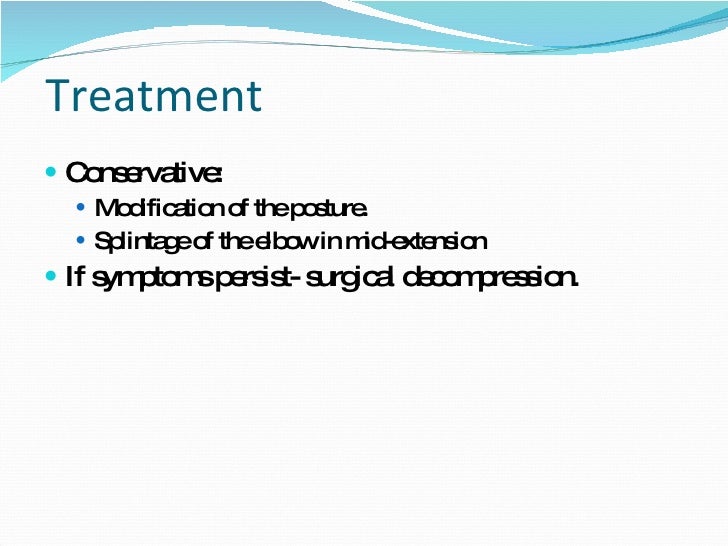


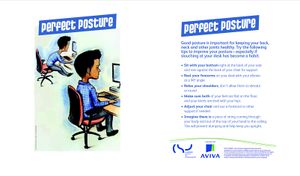
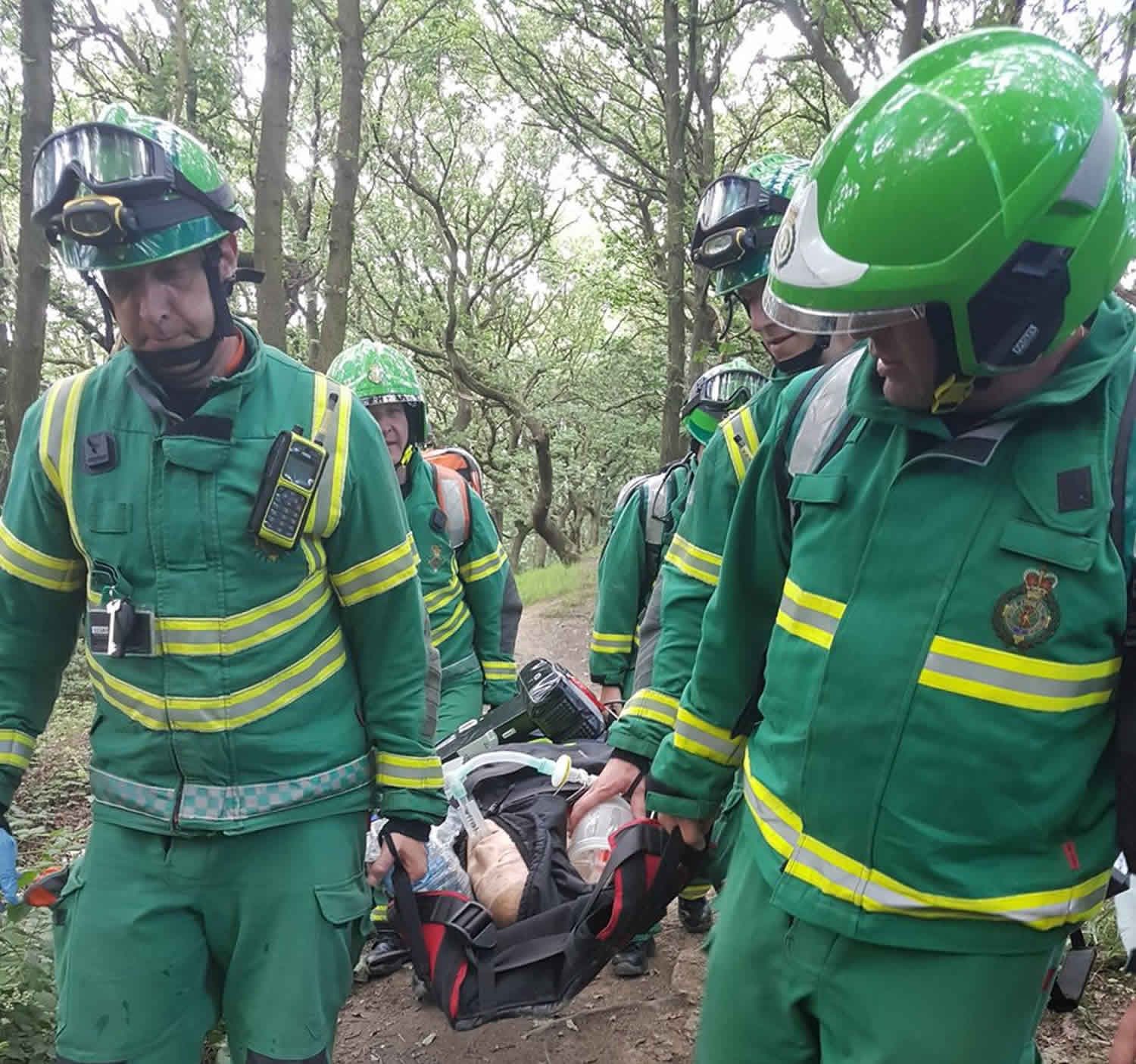








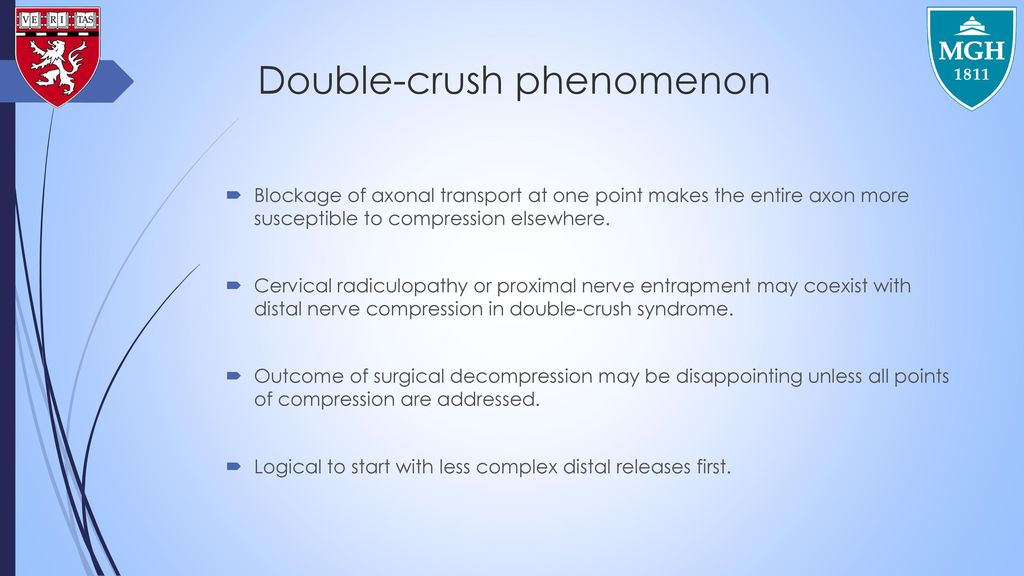


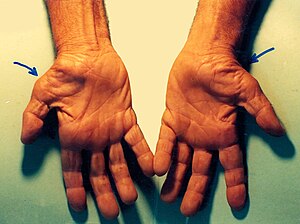
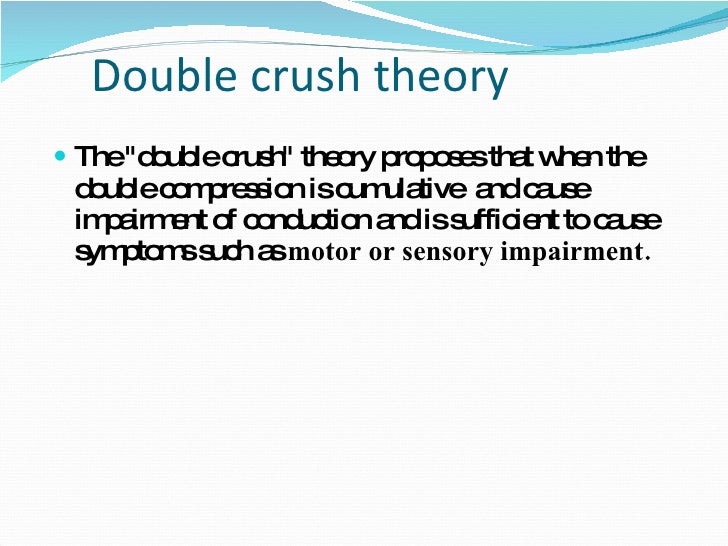


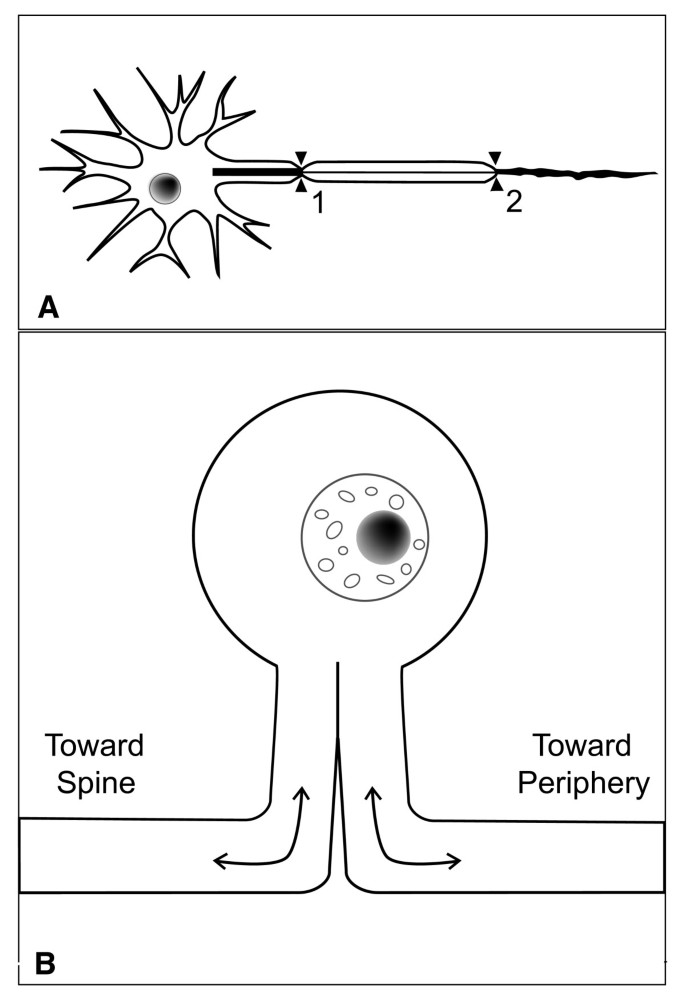





Post a Comment for "Double Crush Syndrome Treatment"